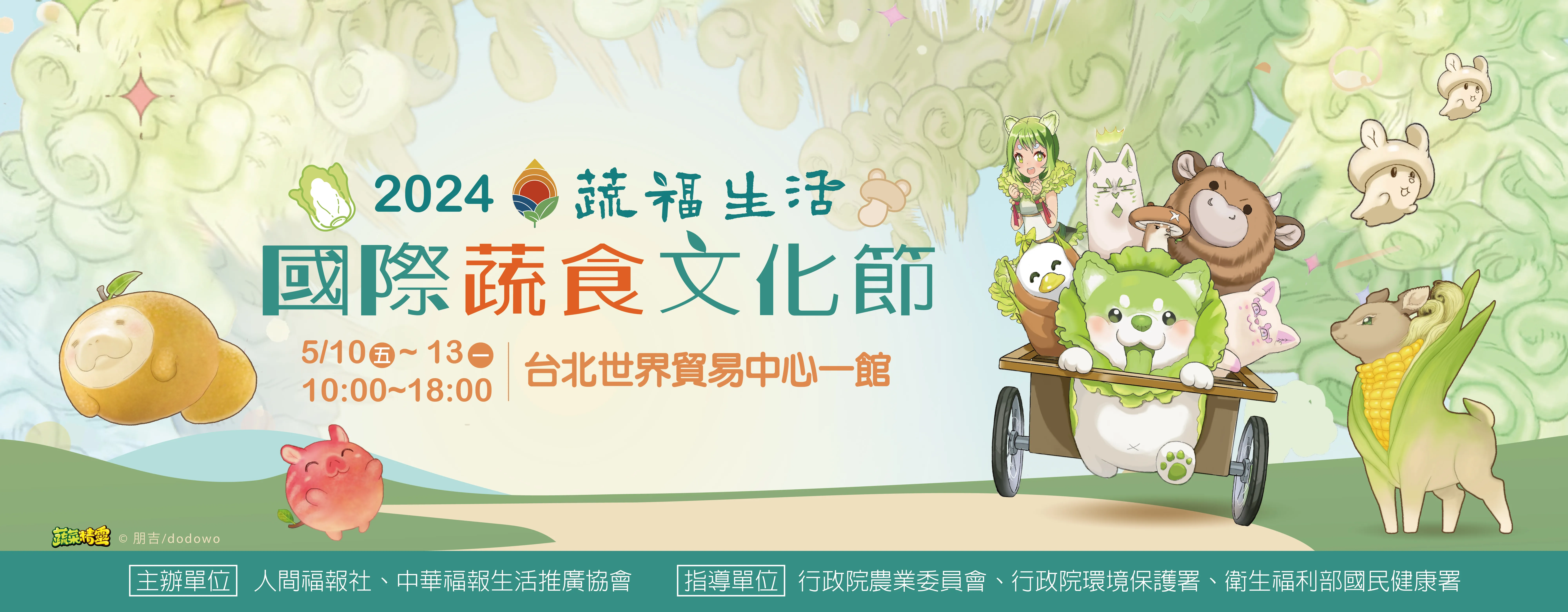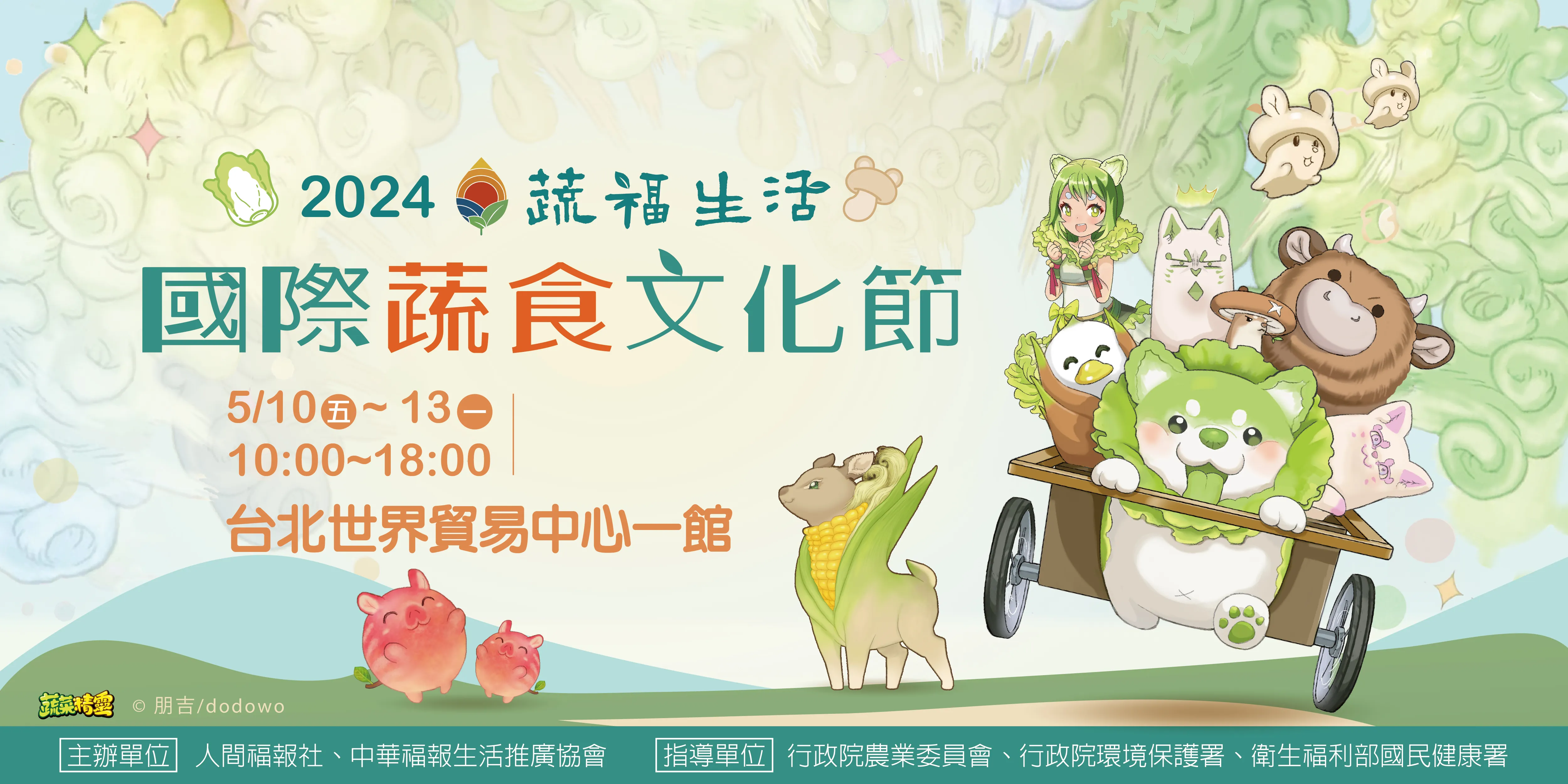


| 時代: | 清朝中期 (西元1735-1796) |
| 出土地點: | 傳世品 |
| 尺寸: | 高度(含座):約90 cm 長度:約40 cm 寬度:約15 cm 重量:約45 kg |
| 質地: | 新疆白玉山料 |
| 數量: | 1 |
法像肉髻平緩、中央有髻珠,為螺髮,臉部兩頰豐腴、耳垂肥厚如珠,耳垂長過下顎、線條圓潤,神態淡然安詳,眉微上挑、眼瞼低垂呈思考狀,眉中央有白毫,高鼻樑,唇微抿、嘴角若有若無的淺笑。著領口U形、垂至胸前的雙領下垂式袈裟,右手掌朝上,拇指、中指相捻持施依印,左手向下掌心向前施與願印,衣紋線條優美,露雙足,腳掌肥厚,立於蓮花座上,蓮座蓮瓣微外撇,蓮座下有標準清朝中期如意雲紋為座。
The Buddha's hair is smoothly arranged with a central hair bead, styled in a spiral form. The cheeks of the face are plump, and the earlobes are thick and pearl-like. The earlobes extend beyond the jawline, with rounded and smooth lines. The expression is serene and tranquil, with slightly arched eyebrows and lowered eyelids that convey a contemplative demeanor. A white dot is placed in the center of each eyebrow. The Buddha has a prominent nose bridge, slightly pursed lips, and a faint hint of a smile at the corners of the mouth. The Mahavairocana Buddha is depicted wearing a U-shaped collar that drapes down to the chest, forming a double-layered kasaya robe. The right hand is raised with the palm facing upward, the thumb and middle finger touching in a gesture of charity. The left hand is extended downward, with the palm facing forward in a gesture of wish fulfillment. The graceful lines of the robe flow beautifully, revealing both feet. The soles of the feet are thick, and the Buddha stands on a lotus pedestal with slightly outward-curving petals.
法像背板最外圍浮雕陰刻清朝乾隆時期火焰紋,頭部後方光環有七尊佛,加上中央的大日如來佛總共有八方佛,意味著無一處沒有佛,法像左右兩側各有四尊浮雕的樂技菩薩,樂技菩薩情態生動力。
The pedestal features a standard mid-Qing Dynasty auspicious cloud motif. The outer edge of the backplate of the Buddha is adorned with carved and incised flames, indicative of the Qianlong period. Behind the Buddha's head, there are seven smaller Buddha figures within halos. Including the central Mahavairocana Buddha, there are a total of eight Buddhas, symbolizing the omnipresence of Buddhas. On either side of the Buddha, there are four relief-carved bodhisattvas engaged in musical activities, each displaying lively and dynamic expressions.
法像為新疆白玉山料,玉質透潤、呈色奶白,雕刻精美、不見機械打磨痕跡,是標準清朝中期大型玉石雕刻工藝,法像整體保存完整。
This Buddha image is carved from Xinjiang white jade, known for its translucent and milky-white appearance. The carving is exquisitely done, without any visible signs of mechanical polishing. It exemplifies the refined craftsmanship of large-scale jade carving during the mid-Qing Dynasty. The overall condition of the Buddha is well-preserved.
